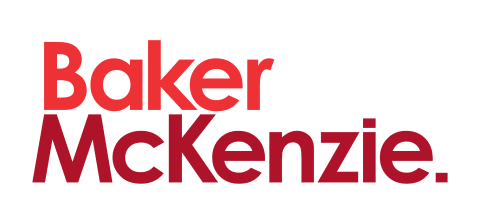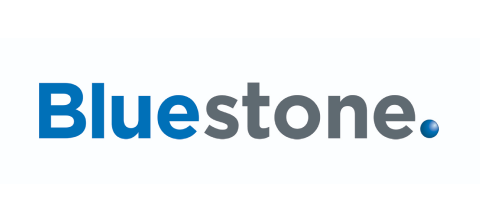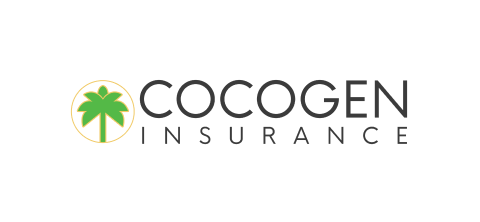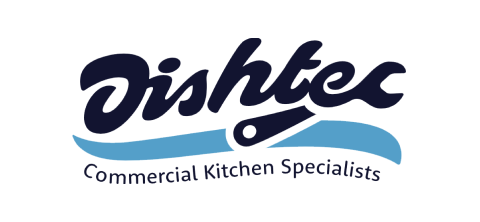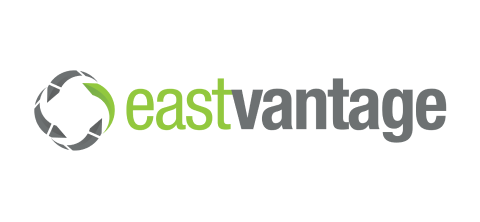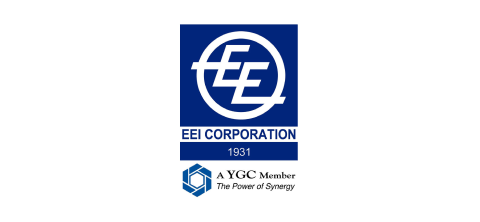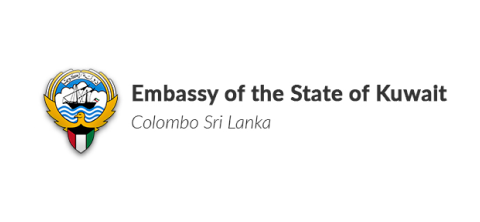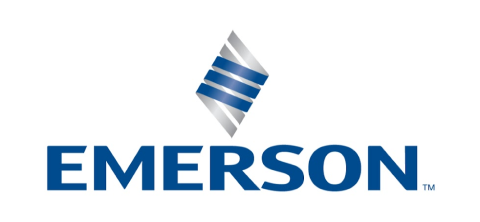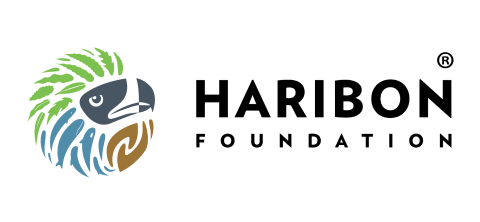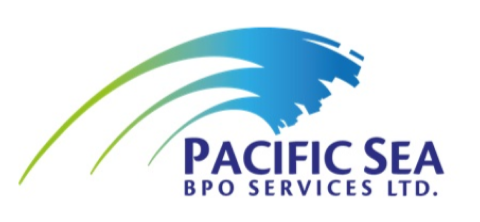Introduction: Unlocking the Secrets to Successful Workplace Conversations
In the relentless rhythm of today’s professional landscape, effective workplace conversations emerge as the pulsating lifeblood that sustains and propels successful businesses. The intricate web of verbal communication weaves its way through every interaction, whether it be with colleagues, clients, or superiors. This blog post embarks on a journey deep into the heart of communication workplace strategies that are not just desirable but imperative for navigating this intricate landscape. We will shine a light on key skills, unraveling the art of active listening, the finesse of asking the right questions, and the transformative power of delivering constructive feedback.
As professionals, we find ourselves traversing a dynamic terrain where every word spoken holds the potential to shape relationships, foster collaboration, and drive organizational success. It is within this context that the significance of workplace conversations becomes evident. They are not mere exchanges of information; they are the catalysts that spark innovation, resolve conflicts, and build the cohesive fabric of a thriving workplace.
Our exploration will hone in on the pivotal skills that serve as cornerstones for effective workplace strategies communication. From the nuanced dance of active listening, where understanding goes beyond the surface to grasp the emotions and unsaid intricacies, to the strategic artistry of asking the right questions, steering conversations towards meaningful outcomes, and culminating in the delicate delivery of constructive feedback that nurtures growth and development.
In essence, this blog post is a beacon guiding professionals through the labyrinth of workplace conversations. We aim to uncover the secrets that transform ordinary dialogues into powerful exchanges, fostering a communicative and collaborative workplace environment.
As we unravel these workplace strategies, individuals and organizations alike will find themselves equipped not only to navigate but to thrive in the ever-evolving landscape of professional communication. Let us embark on this enlightening journey, unlocking the secrets that will propel us toward unparalleled success in the art of workplace conversations.
Active Listening: The Foundation of Effective Communication

Active listening is the cornerstone of successful communication. It goes beyond simply hearing words; it involves understanding the emotions, context, and underlying messages. Techniques like paraphrasing and summarizing help ensure comprehension, while asking clarifying questions demonstrates genuine engagement. By embracing active listening, individuals cultivate an environment where everyone feels heard and valued, fostering stronger professional relationships and enhancing overall workplace communication.
At its essence, active listening is a commitment to understanding beyond the spoken words. Techniques such as paraphrasing and summarizing become the instruments through which individuals demonstrate their dedication to genuine comprehension. Paraphrasing allows for the rephrasing of statements, ensuring that the listener not only grasps the literal meaning but also interprets the intended message accurately. Summarizing, on the other hand, distills the key points, offering a concise reflection that reinforces understanding and affirms the speaker’s thoughts.
Asking clarifying questions emerges as the maestro’s baton, guiding the symphony towards a harmonious crescendo. These questions serve as beacons, illuminating areas that might be veiled in ambiguity, encouraging speakers to articulate their thoughts more explicitly. The act of seeking clarification not only showcases the listener’s commitment but also contributes to the creation of a dialogue that transcends superficial exchanges.
The transformative power of active listening extends beyond individual benefits, creating a ripple effect that reverberates throughout the professional environment. In a workplace where active listening is embraced, an atmosphere of mutual respect and understanding takes root. Individuals feel heard, validated, and valued, fostering a sense of inclusivity that transcends hierarchical boundaries.
Stronger professional relationships emerge as a natural consequence of this commitment to active listening. Colleagues, clients, and superiors alike recognize and appreciate the genuine effort invested in understanding their perspectives. As a result, workplace communication transforms from a series of transactions into a collaborative exchange where ideas flourish, and innovative solutions are born.
In conclusion, active listening stands as the bedrock of effective workplace communication. It is not merely a skill but a conscious choice to elevate the quality of interactions. By understanding the emotions, context, and underlying messages, individuals contribute to a workplace culture where every voice is not just heard but truly valued. In the grand tapestry of professional communication, active listening is the thread that weaves connections, creating a resilient fabric that binds individuals and organizations in the pursuit of success.
Asking the Right Questions: A Skillful Approach
Asking the right questions is an art that transforms conversations from mundane to meaningful. Open-ended questions encourage thoughtful responses, probing questions delve deeper into issues, and clarifying questions ensure mutual understanding. Mastering this skill enables individuals to navigate discussions with finesse, steering them toward constructive outcomes. By strategically using various types of questions, professionals empower themselves to extract valuable information, promote critical thinking, and build rapport with colleagues, clients, and superiors.
Constructive Feedback: Building Bridges, Not Walls
Providing constructive feedback is an invaluable skill that requires finesse and empathy. The feedback sandwich technique involves framing constructive criticism between positive affirmations, creating a balanced and growth-oriented dialogue. This approach ensures that feedback is constructive, well-received, and contributes to individual and team development. By fostering a culture of constructive feedback, organizations create a collaborative environment where continuous improvement is celebrated, ultimately leading to increased productivity and job satisfaction.
Non-Verbal Communication: The Unsung Hero
While words convey meaning, non-verbal cues often speak louder. Understanding body language, facial expressions, and other non-verbal signals allows individuals to enhance the impact of their verbal communication. Positive non-verbal cues such as maintaining eye contact and using open gestures convey confidence and sincerity, while negative cues may unintentionally undermine the intended message. By honing awareness of non-verbal communication, professionals can ensure their spoken words align with their visual cues, creating a more authentic and compelling overall message.
Cultural Sensitivity in Business Communication
In today’s globalized business environment, cultural sensitivity is paramount. Recognizing and respecting diverse business communication styles is crucial for effective cross-cultural interactions. Professionals need to adapt their communication approach to resonate with colleagues and clients from various cultural backgrounds. By fostering cultural sensitivity, organizations promote inclusivity and avoid misunderstandings that may arise from differing cultural perspectives. Embracing diversity in communication enhances collaboration, innovation, and overall success in the modern workplace.
Effective Business Writing: Beyond the Spoken Word

While verbal communication takes center stage, effective business writing is an indispensable skill. Clear, concise, and impactful written communication is essential for emails, reports, and presentations. Professionals need to master the art of crafting messages that are not only grammatically correct but also convey information in a compelling and accessible manner. Elevating written communication skills complements verbal prowess, ensuring that individuals can effectively convey their ideas and insights in both spoken and written forms, contributing to successful communication strategies in the professional arena.
Conclusion: Nurturing the Seeds of Success through Masterful Workplace Conversations
Embarking on the journey to master the art of workplace conversations is akin to planting seeds that, with dedication and continuous nurturing, blossom into the vibrant garden of professional success. The skills acquired in this transformative journey become the roots that anchor individuals in the dynamic soil of the professional world, providing stability and resilience.
As communication virtuosos, professionals hone a set of skills that extend far beyond the mere exchange of words. Active listening becomes a second nature, allowing them to absorb not just the spoken content but the emotions, nuances, and unspoken sentiments that underpin every conversation. The strategic mastery of asking the right questions empowers individuals to navigate discussions with finesse, steering them toward constructive outcomes that contribute to the collective growth of teams and organizations.
The delivery of constructive feedback, wrapped in the nurturing layers of positive affirmation, fosters an environment where personal and professional development flourish. Understanding the subtleties of non-verbal cues becomes an art form, allowing professionals to align their spoken words with visual signals, establishing an authentic and compelling communication style.
Cultural sensitivity becomes ingrained, fostering inclusivity and preventing misunderstandings in the diverse tapestry of the modern workplace. Excelling in business writing complements verbal prowess, ensuring that ideas are conveyed with clarity and impact, whether spoken or written.
In the culmination of this journey, professionals emerge not only as adept communicators but as architects of a workplace where meaningful conversations thrive. The ripple effect of their refined communication skills fosters collaboration, fuels innovation, and propels organizations toward unparalleled success. Let the conversations, now imbued with the wisdom of strategic communication, resonate throughout the corridors of workplaces, shaping a future where success is not just achieved but sustained and perpetuated. As we conclude this exploration, it is not an end but a call to action—let the conversations begin, flourish, and continue to be the catalysts for greatness in the ever-evolving landscape of professional communication.
Enroll Now!
Ready to elevate your business communication skills? Join American English Skills Development Center Inc. 🚀🇺🇸
Unlock your professional communication potential with our tailored training programs. Our expert instructors guide you through real-world scenarios, ensuring confidence and competence in any corporate setting. 💼✨
👍📝Experience the benefits of our practical approach—honing speaking, writing, and presentation skills. Whether executive or entrepreneur, our courses empower impactful communication for success in every career facet. 💼📸🎥
Don’t miss this chance to excel in the corporate world. Take the first step toward proficiency today! 🎯 Enroll now at American English Training and Development Center, Inc. Your journey to professional success starts here!
Visit www.americanenglish.ph to discover how our practical English training propels you to success! 💼✨








